Trophy Hunting
It's What We DoOn September 1st 1914, the last living Passenger Pigeon (Ectopistes migratorius) died in captivity. Just 40 years before this event, passenger pigeons, numbering in the billions, darkened the skies.
How did they become extinct? Hunting for sport, an easy food source and habitat loss from human expansion. But mostly just killing them for fun.
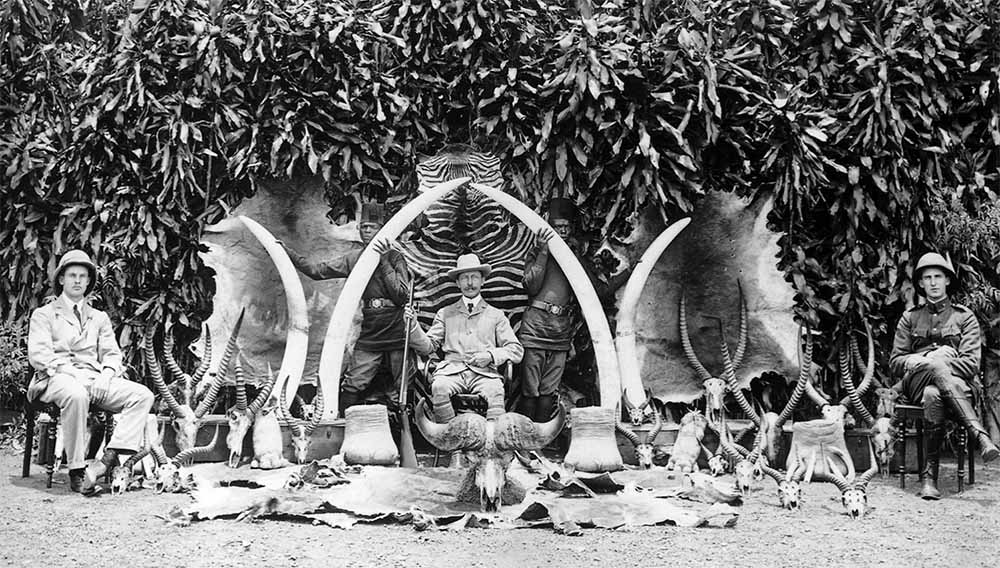
Back in the good ol' days
From a population of about 60 million, bison came close to extirpation (extinct in a region or country) with numbers down to 541 animals in the USA by 1889.
Why? Money (bison hides were a big seller), sport and politics (get rid of bison, the Indians will starve, right?).
We may fume in disgust, but let's come a little closer to home.
In 1961, Prince Philip bravely saved an entire hunting party from a huge tiger by killing it, from on top of an elephant, after it was tracked down and cornered by a crowd of yelling humans on top of other elephants, except for all the poor people who had to do all of the bush beating on foot. It was very brave of Prince Philip.
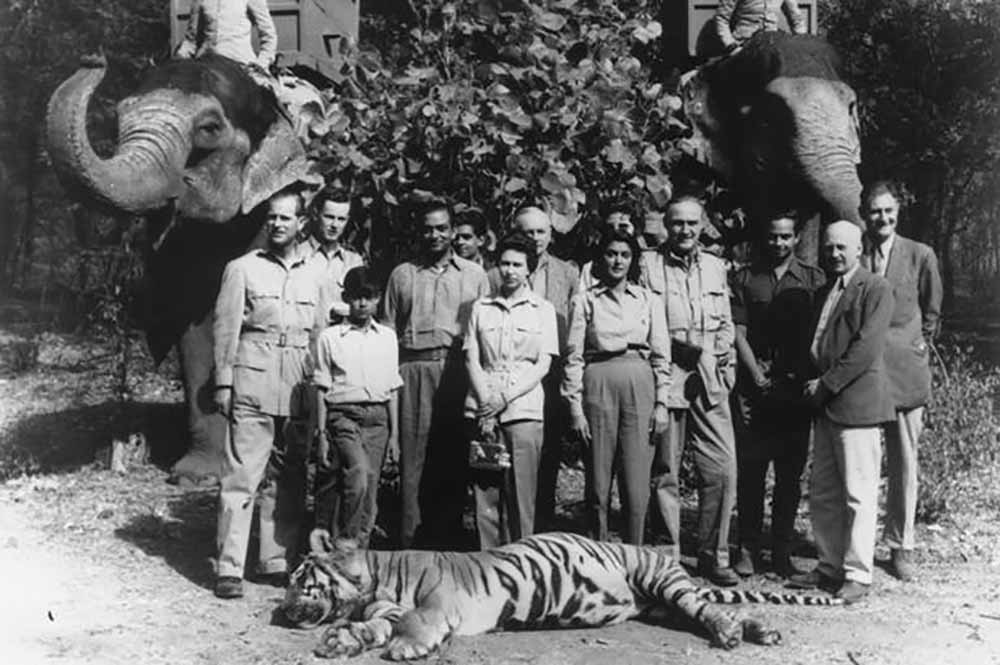
Jolly good show old chap
Another big cat was shot just recently by brave hunters, battling hand to hand in life threatening conditions that favoured the huge predator:
"Trophy hunters hire a company, a “hunting outfitter,” to put bait, night after night, in the leopard’s territory and bring the hunter to kill the leopard only after the leopard has become acclimated to this food source. The hunter, guided by the outfitter, lurks in the dark night and waits for the hungry leopard to arrive.When the leopard comes to the bait, a bright spotlight blinds the leopard while the hunter takes his shot." (Kitty Block and Sara Amundson)
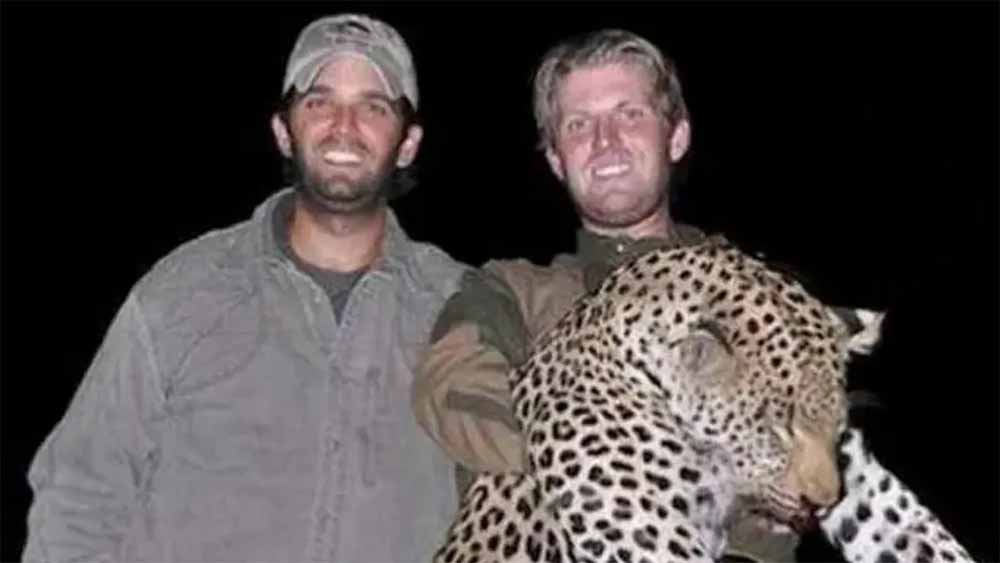
Fearless nightime spotlight hunters
So what's my point?
Well, we wildlife photographers are also trophy hunters.
* Coffee sprays onto computer screen *
Let me explain.
A trophy hunter is one who targets a particular species in order to shoot it (usually) and display the animal, either in whole or in part, as a trophy, without placing any importance on using the animal for food.
That's what we do.
Sure, the animal doesn't die (usually) but we're still diplaying our trophy images, posting them on social media and/or printing them for our home/office and maybe (gasp) selling them.
So, we are trophy hunters.
Now, before you go writing a stern rebuttal, let me also say that we are not, or shouldn't be, the same as these human skidmarks who kill animals for fun. We aren't the same. We care for our subjects, we don't wish them harm and we don't want them killed or maimed or injured or otherwise damaged by our photographic endeavours.
We don't want to photograph a wolf then throw its dead body into a dumpster.
We don't want to photograph a huge fish then dump its dead body into the sea.
We don't want to shoot a bear, skin it, then dump the body by the side of the road.
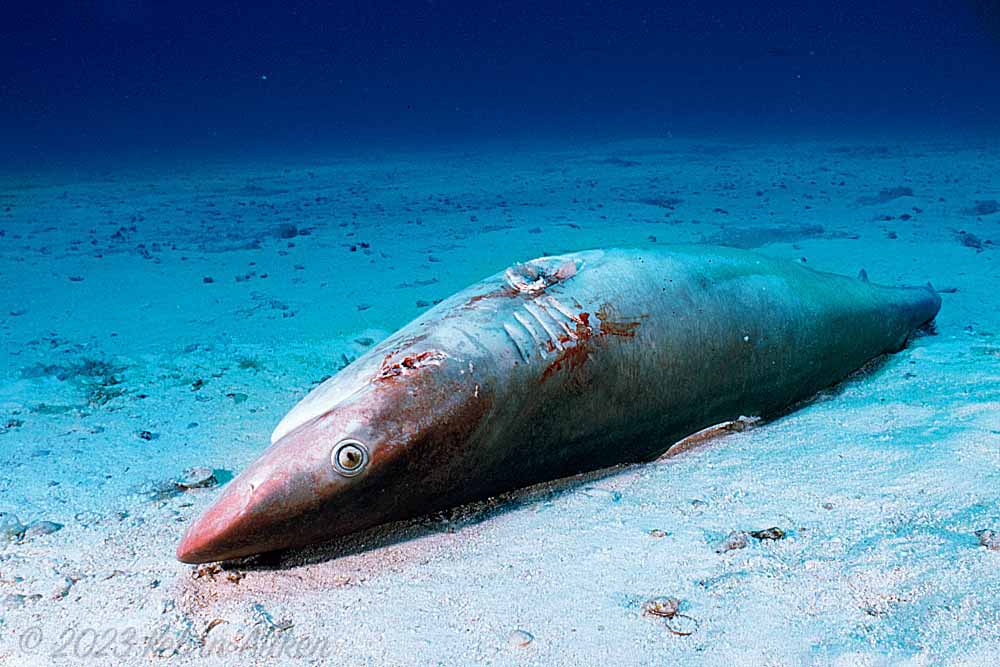
Post photo op
But by our activity, we may be causing harm to our subjects, even if we have the best of intentions.
As time marches on, attitudes to the environment shift based on social norms and opinion. For example, if we travelled to China 120 years ago to gun down a panda for a trophy, we would be applauded. If we snared and poisoned wolves we would be lauded as hero's, saving our children from certain death as they innocently played in their front yard.
But try that today and we would be lynched, figuratively speaking. As another example, if we were to go down to the local river and kill a few otters, skin them of their pelts and dump the bodies into the river, we would pretty much end up the most hated people in the country.
An example of such an attitude changes would be the notorious case of Walter Palmer who paid US$50,000 to shoot the much loved Cecil The Lion, who had a distinctive black mane and a very obvious large tracking collar. Lured out of a protected area, where Cecil was the subject of a long term study, Walter shot Cecil with an arrow but did not get around to actually killing him until the next day, when Cecil, in obvious pain with an arrow embedded in his body, was tracked down and dispatched by more arrows.
That's real 1800's macho Ernest Hemingway stuff right there.
Walter's proud social media post of him crouched over the dead lion drew uproar from around the world.
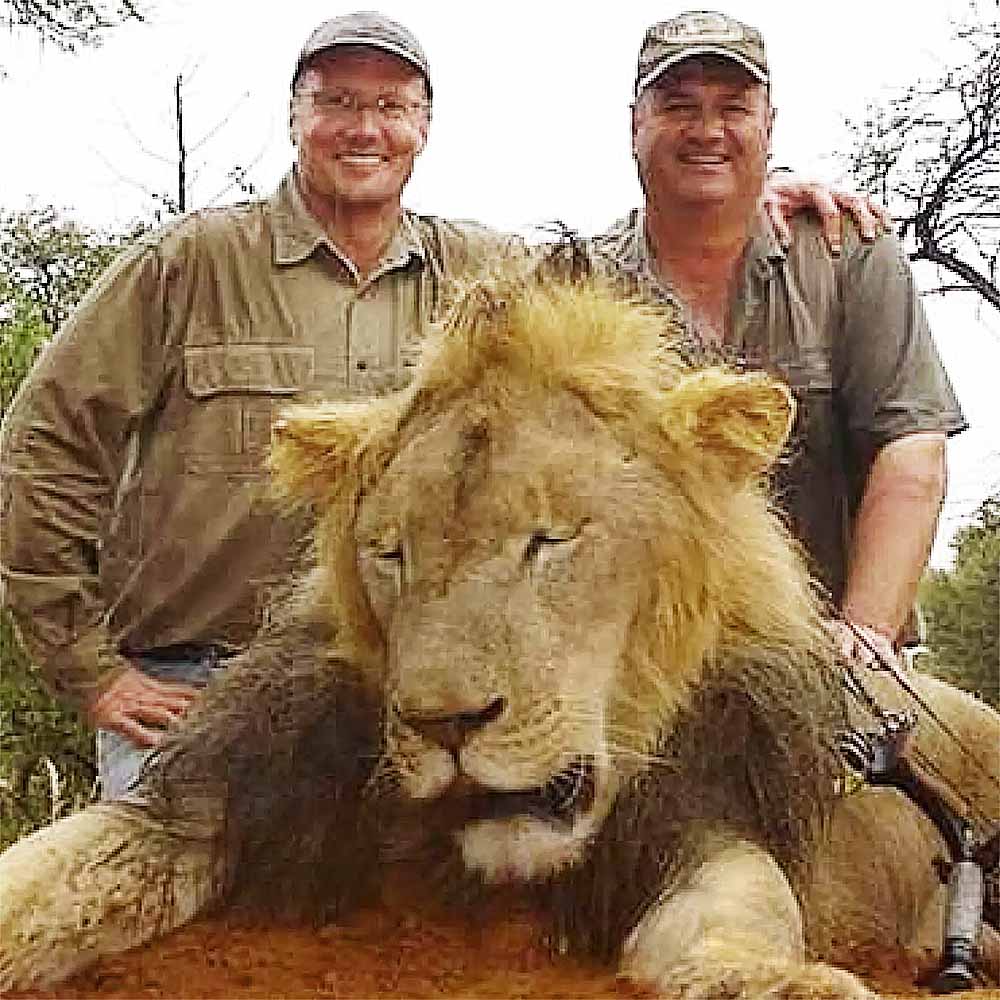
When you channel the 1800's in the 21st century
Another example of social change can be found in a Cousteau Society book from the late 1960's. They describe lassoing the tail of a sperm whale calf in order to get footage for a TV documentary.
We may be shocked and horrified by that now, as we should be, but back then, killing whales was a government sponsored business. The Cousteau film team were following a whaling fleet and grabbing footage whenever they could. Lassoing a calf, most probably orphaned by the whaling operations, seemed like the only way to get some footage.
How times change. Now the Cousteau society would push for prosecution if anyone today tried such a cruel stunt, and rightfully so. It's not hypocrisy, it's growing up, learning that animals can't be treated like that. Growing from an era when ANY animal was fair game, where shooting an animal for a trophy was the only way people related to wild animals, to today when any decent human would clamour for justice for the animal.
Let's face it, whaling never stopped due to protests by environmentalists. It stopped because they killed so many whales that they couldn't find enough whales to make a buck anymore.
Of course, we still have some who never left the 1800's, as the images above show, but overall people are slowing learning that killing for sport has consequences in society and the environment.
So how does that relate to us, as wildlife photographers?
It should be our endeavour to avoid stress and anything that will alter our subject's behaviour. We want to get our trophy without causing harm to our subject.
How do we do that?
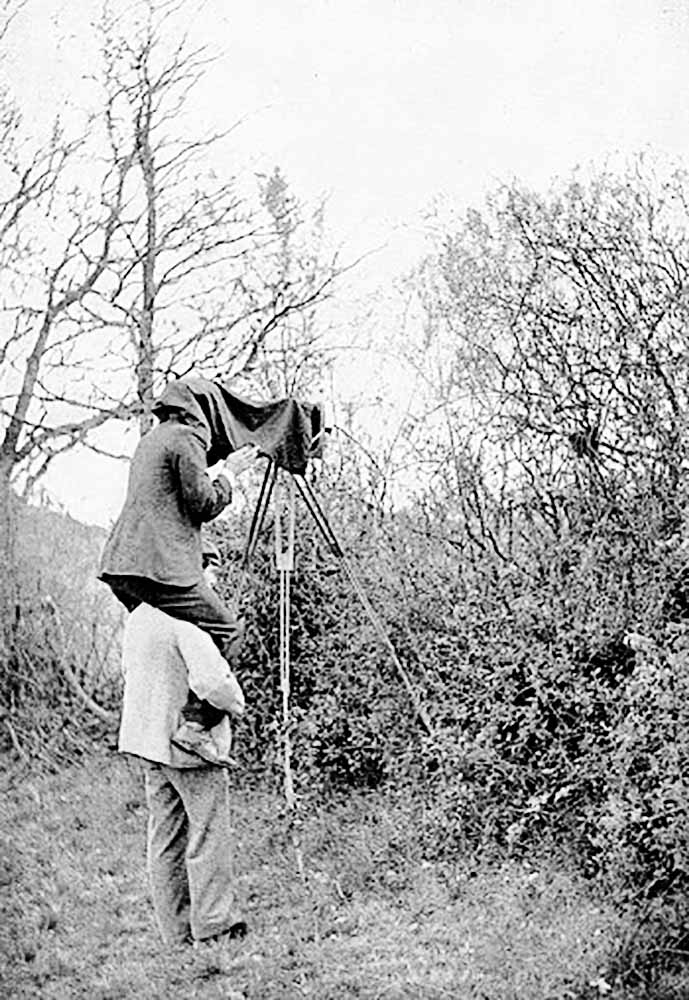
Awwww. The birdy flew away.
Use binoculars to find our subjects, so that we can place ourselves in a position where the animal will not feel cornered, hemmed in or otherwise placed in a stressful situation.
Use a long lens. It's amazing how an extra 5m or 10m or more can reduce obvious stress in an animal.
Sure, it's currently the fashion to take "environmental portraits", which is fine, but if we use that same focal length to get full body or portrait shots, we probably aren't doing the animal any favours.
Stay hidden. Try to find your subject, take your photos and then remove yourself from the area without the animal ever reacting to your presence.
Don't pursue a fleeing animal. If it want's to leave, let it. Chasing won't get you anything better than a butt shot and your actions, interpreted by the animal as predatory, will train that animal to run in the presence of a human.
Just recently I was in a national park waiting near a spot where I knew a coyote would appear just before sunset. A bird photogrpaher, curious as to why I was sitting in my car with a lens pointing to an empty landscape, walked over to see if they could get in on my action.
The coyote appeared. She immediately started running towards the coyote, camera up and ready to shoot. The coyote, of course, saw her coming, turned and jogged off over the nearby valley rim. The photographer kept on running, ending up peering down into the valley at the exact spot where the coyote had disappeared.
She got zero shots, I got zero shots and the coyote found a reason to avoid people, making it far more difficult for everyone.
Stay back. If you're in a national park, abide by the distance guidelines, and apply those outside of the park as well.
Doing all that may, no, will be difficult, so it's tempting to ignore that process to get an easy pic of some bird or animal staring into your lens. But as ethical wildlife photographers we need to put in the extra work, take responsibility and grow up, like the Cousteau Society has, and put the animal's welfare before our own fretty urgency to get something to slap on Instagram.
I've been there. I've forked out many thousands of dollars for some exotic trip on the other side of the planet in order to get just one good pic, and felt the frustration and fear of not getting "the shot". And sometimes, zero images was my reward.
But then if it were easy, everyone would be doing it.
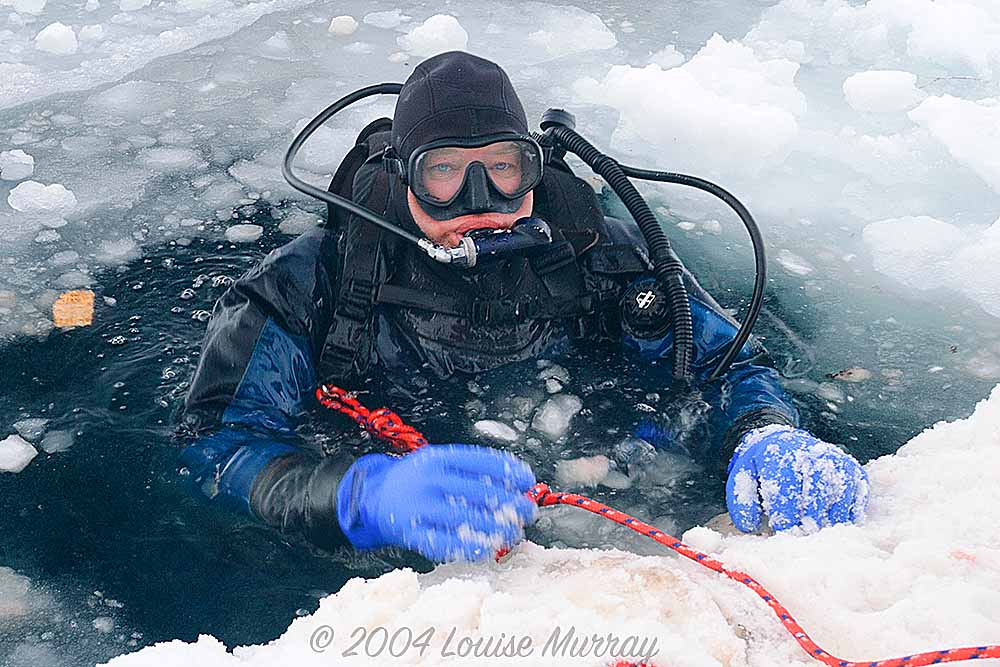
Easy, zero effort, a walk in the park
We need to accept that and embrace the very real possibility of a "no pics" trip. We need to get away from the "I got 5000 pics this trip" mentality and think in terms of those world class 3-4 images we might get each year.
Embrace being present in nature, soak up the solitude, the atmosphere and take that as your reward and purpose. Any shots you get in addition to that is a pleasant bonus.
Then when it does happen, when that lynx pops out of the trees, when the wolf walks out onto the frozen lake, when the eagles grapple talons over our head, when the fox pups gently touch noses in soft evening light, our heart will soar, all the disappointment will fade away, rising in the frozen pre-dawn night will be forgotten and we will know true contentment.
We will have our trophy.
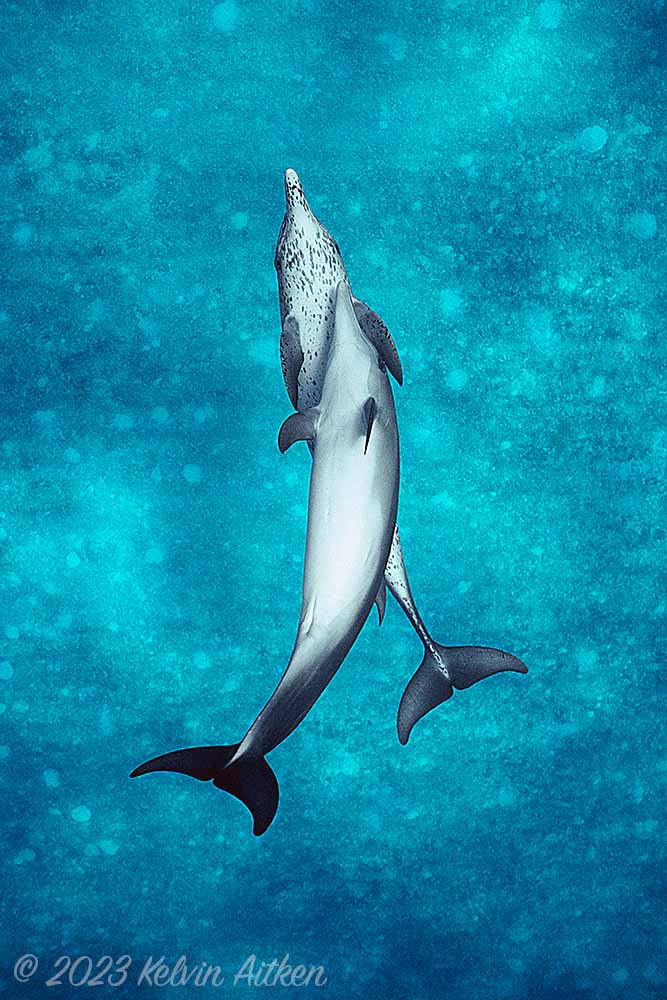
That one goes on the fridge
